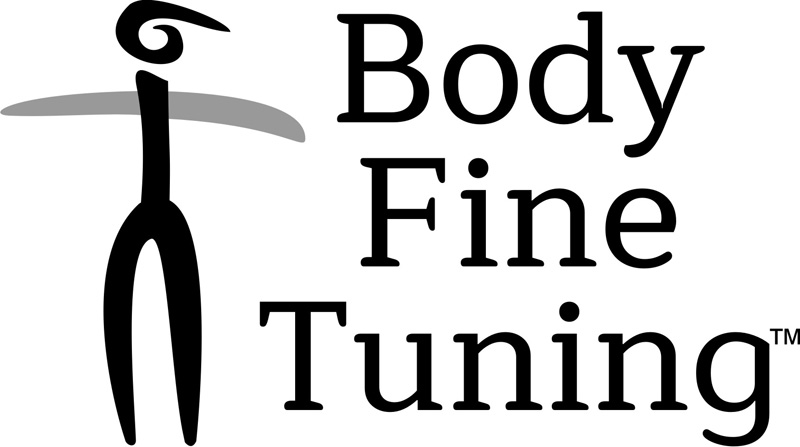Tips for Better Sleep
How to Create Ideal Sleep Conditions
*More tips added regularly*
1. Reduce “Bedroom Light Pollution”
Preferably, sleep always in a dark room or dim the lights as much as possible. When the room is totally dark, your eyes and the eyes’ visual system can calm down allowing you to sleep more restfully.
Otherwise, if there is light, some of it passes through your eyelids and stimulates the optical nerve, continuously creating a flow of information that it feeds forward into your brain.
Secondly, during full darkness, your body produces Melatonin, a hormone that has three important functions: it regulates the sleep–wake cycle, functions as a powerful antioxidant, and plays a role in your immune system.
Tips to do: If, for some reason, you cannot sleep in dark, you can always use an eye mask — or place a soft, cotton handkerchief over your eyes.
2. Reduce “Artificial-light Pollution”
To get the best quality sleep, your eyes should feel calm and relaxed. To achieve this, there are three things you can do.
Firstly, try to reduce and minimize the amount of time you expose your eyes blue light radiation from TV-, computer-, smartphone-, and other digital screens.
Secondly, reduce the brightness and contrast levels of all these devices to minimum.
Thirdly, learn to reduce eye-related stress, both by relaxing the muscles that move your eyes, and by calming the optical nerve. Read about and learn how to do this in the lessons 5-7 in my “The Moving into Sleep Method” book.
3. Adjust Room Temperature
Temperature is one of the factors which can affect sleep quality.
If the room is too warm or cold, the body's sensory nervous system reacts with a stress response, making it harder to fall asleep and stay asleep.
Whats is the ideal temperature is a very personal preference. At home, we often prefer a bit more warmth towards the end of the day, but at night, scientists recommend a bit cooler temperature, to help body function better - a good idea to lower the temperature with a few degrees before going to bed.
When traveling, especially to a different climate zone, it could be challenging to feel at comfort. If you travel to a colder climate, be sure to have extra layers of clothing and warm socks, while if your destinations is more tropical, be sure you have light cotton clothing, drink enough and if the room has an air-condition, use it moderately, not challenge your body with extreme changes.
4. Use a Sleep tracker Journal
Track down your sleep quality
Use a sleep tracker journal, mark the hours you sleep, how you feel, and also, note down the hours you spend watching at your smartphone, computes, and TV. After a few days, evaluate the situation and see if by reducing screen time you could sleep better.
You can download a free printable sleep tracker together with my free eBook, when you sign up for my newsletter.
5. Find Ideal Sleep Position
Too high or low support will twist your neck muscles, which can affect your whole body.
If you prefer to lie on your back, make the support thinner than when you lie on your side.
Fold the towel so that your neck feels well supported and you can roll your head easily from side to side.
Note that the alignment of your neck often reflects first the way it is when you stand or sit.
Therefore, after some time, it might be necessary to adjust the hight
If you lie on your side, create a support so that your neck is in line with your spine.
Experiment with different heights, until you feel your neck is as relaxed as possible and free to move.
If necessary combine a folded towel with a flat pillow
Be aware that some pillows get compressed during the night and won't give you consistent support.
A folded towel, on the other hand, maintains its shape very well.
Once you have created the right support for your head, move it a little backward, so that nothing or as little as possible touches your cheek.
A gentle touch on the cheek triggers a rooting reflex, which activates the neck muscles to turn your head.
Ideally, the core support is under the side of the skull, behind the ear, where you can find the center of balance of your head.
Note also that your neck doesn't need any support. Therefore, avoid squeezing a soft pillow under your neck as it will bother you by limiting body circulation and free movement.
The support you get is firm, yet comfortable and the flat surface promotes comfort and ease in movement.
Some weeks ago, my mother-in-law told she had a stiff neck every morning. When I asked her how she supported her head, she told having a basic, soft, and quite a thick pillow. I then told her how I support my head with a folded bath-towel, sometimes combined with a thin pillow. This allows me to adjust the support so that my head is well balanced and free to move. It is a great solution, functional and cheap.
As always — thanks for reading.
Questions and comments are welcome!
